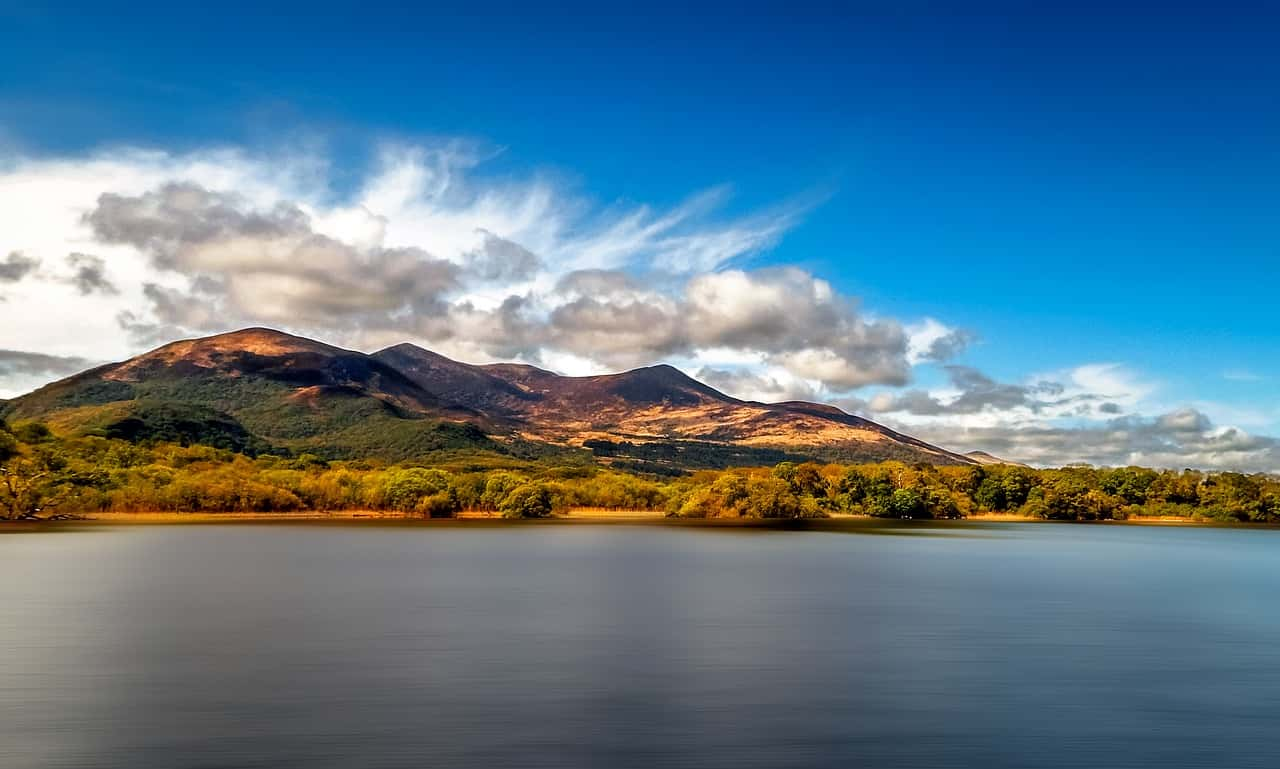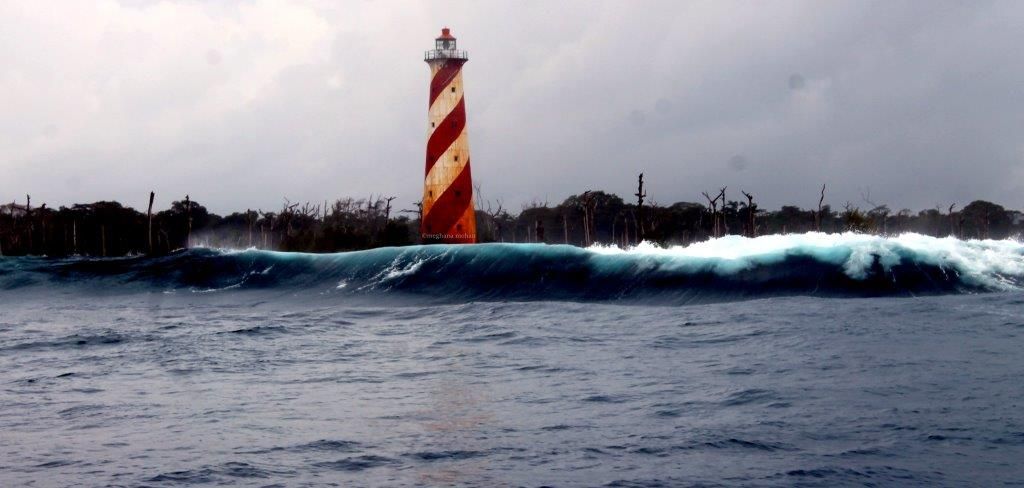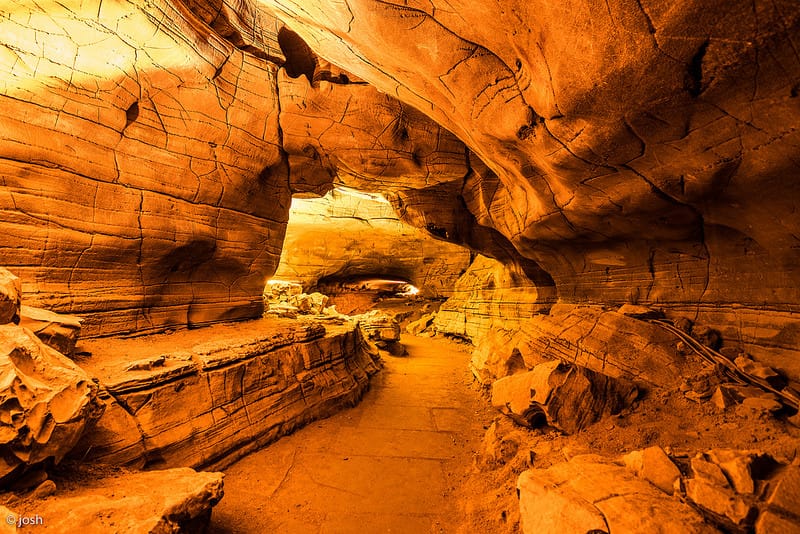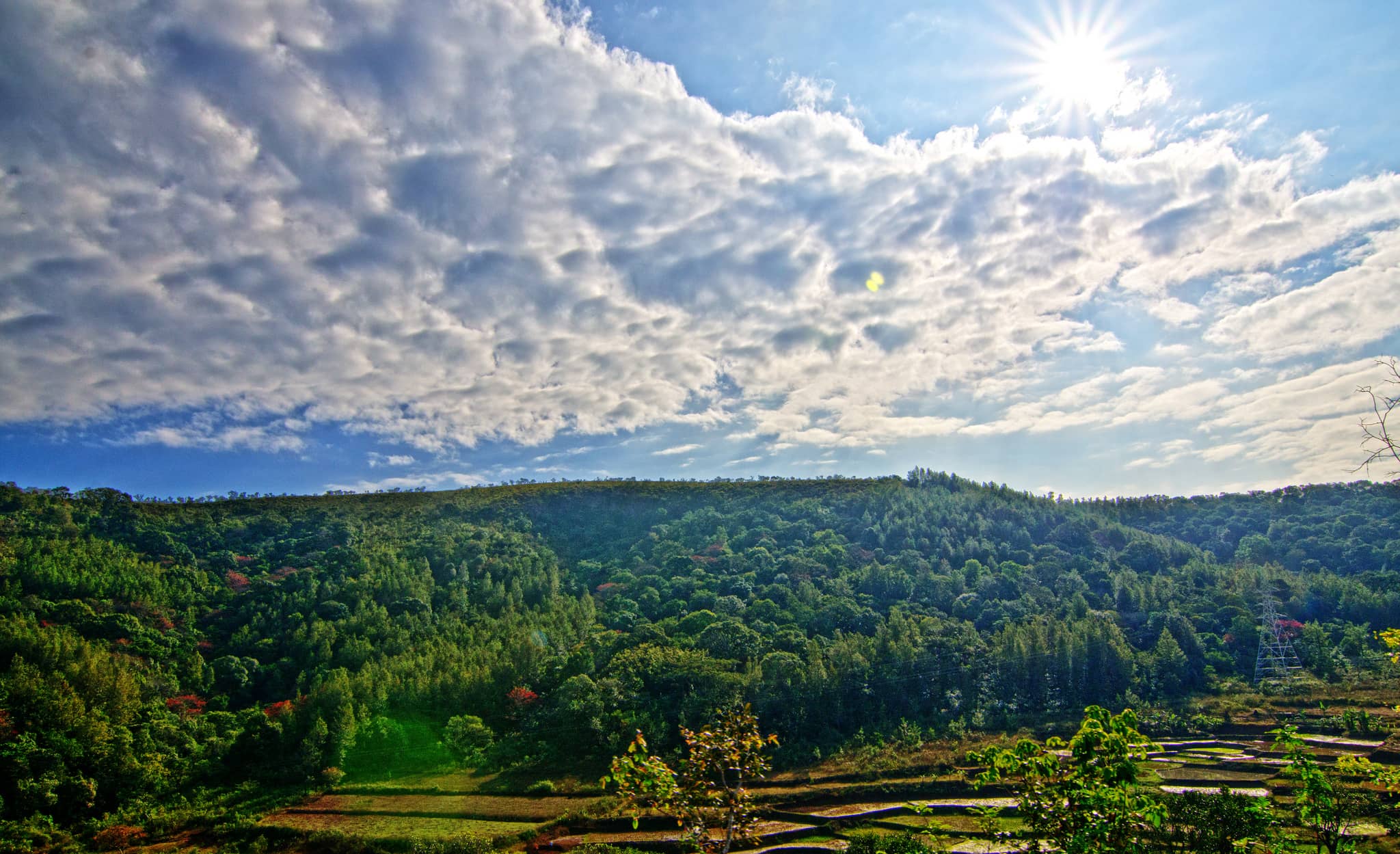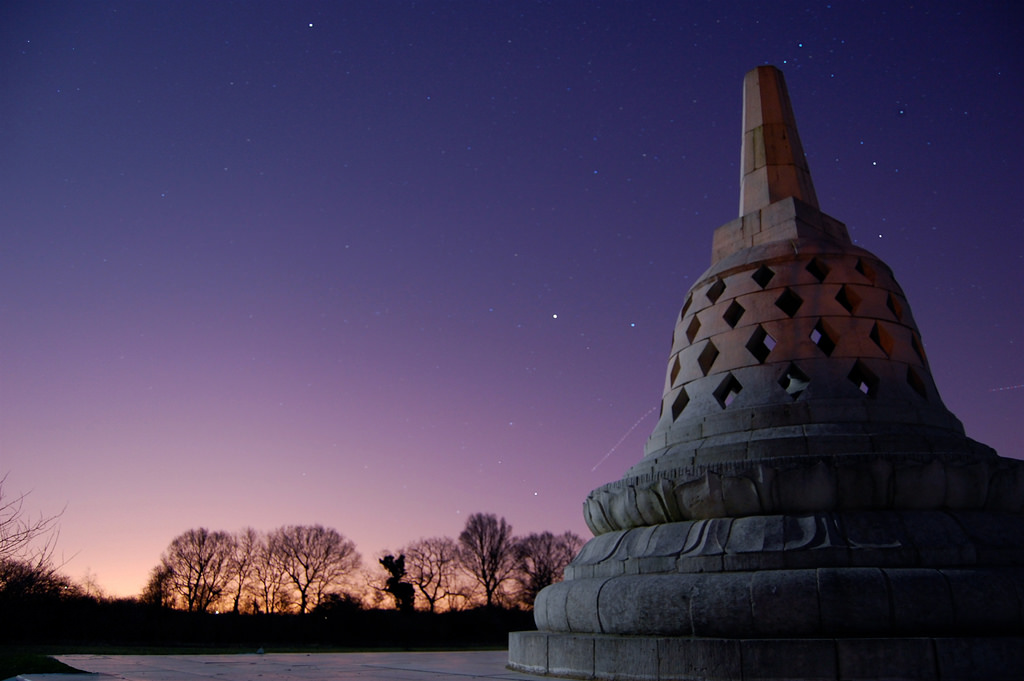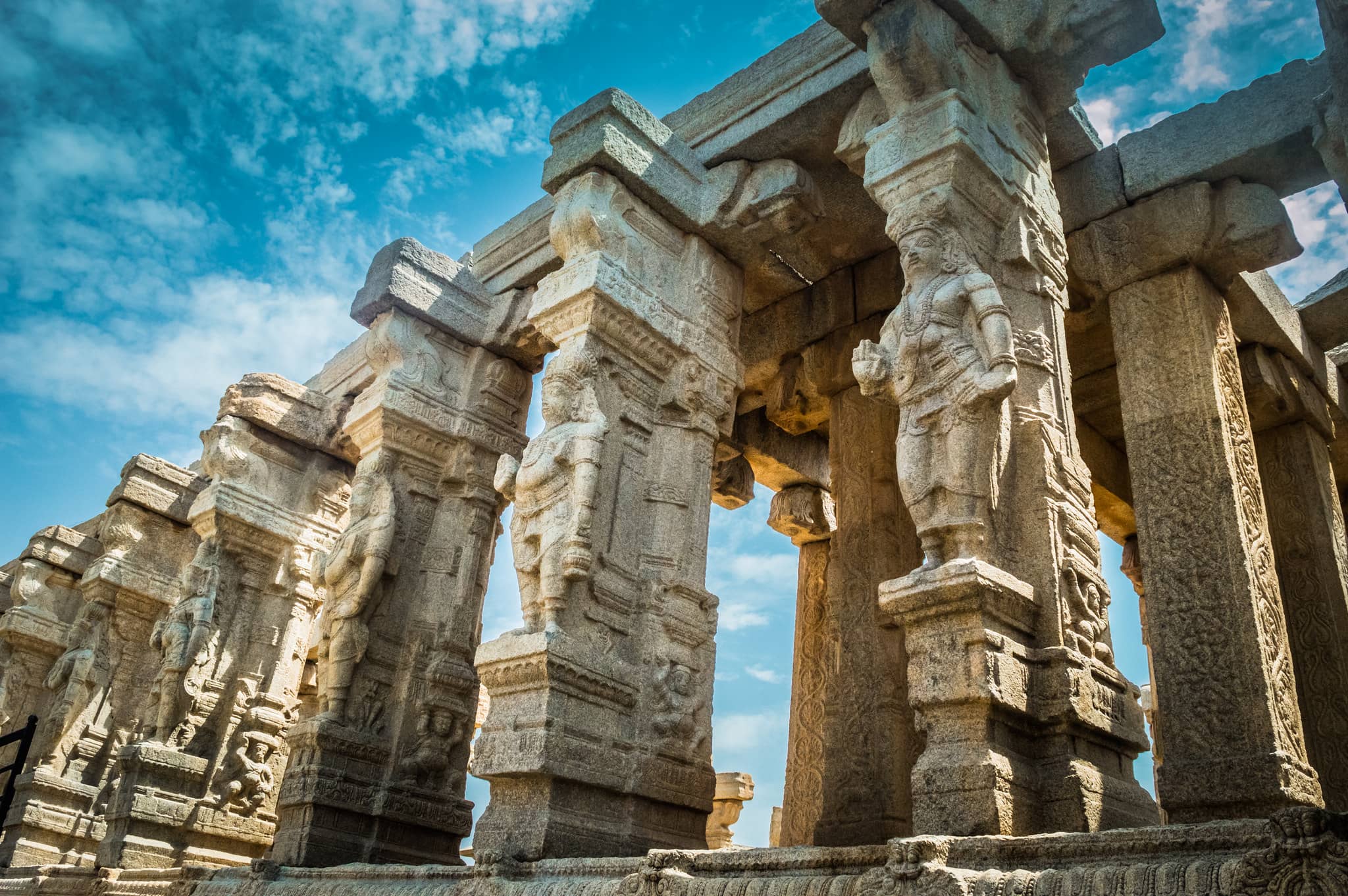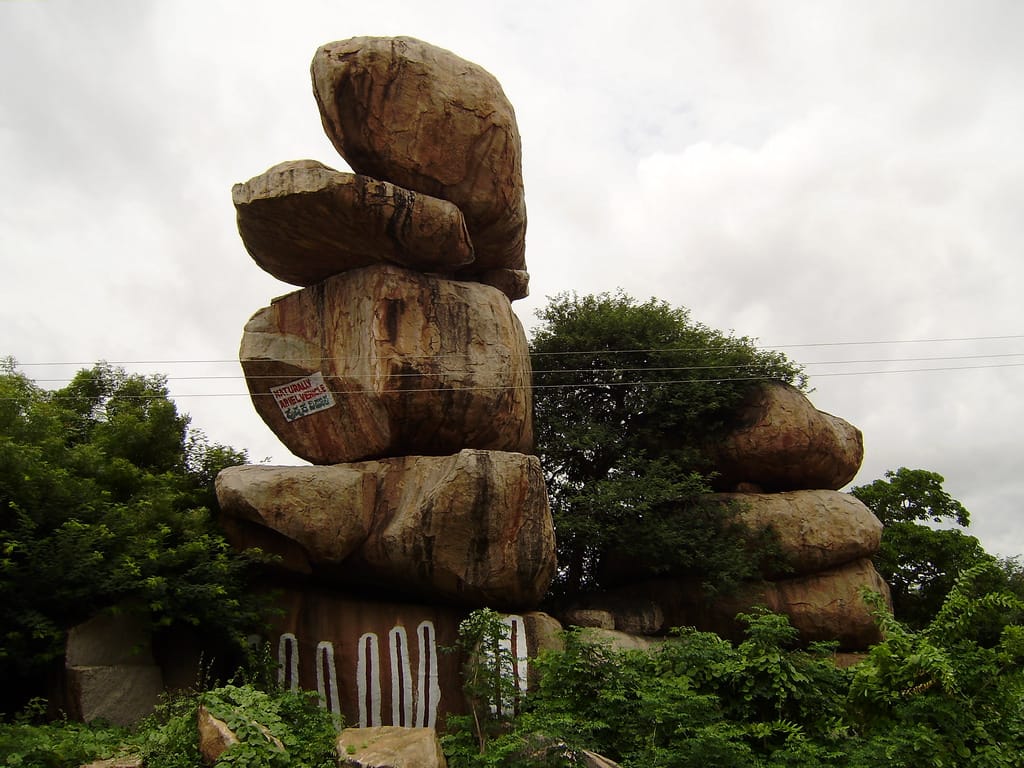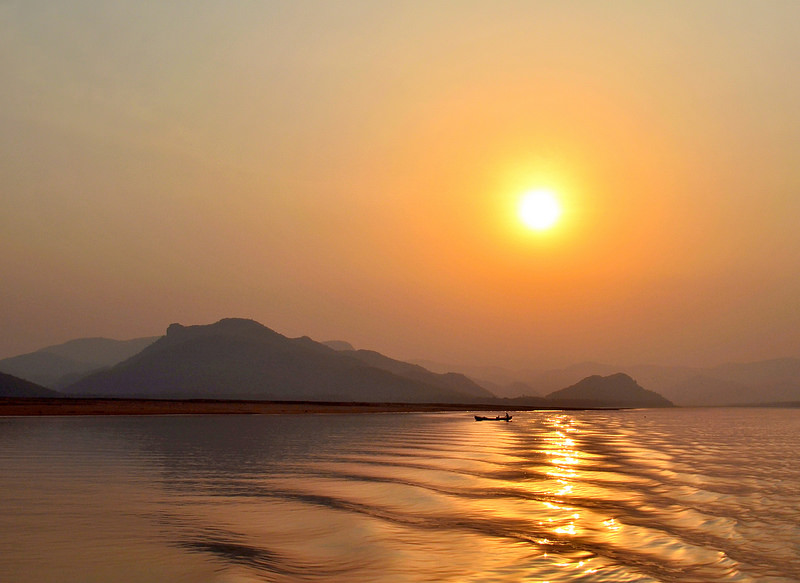Ireland is an island in the North Atlantic Ocean, located to the west of Great Britain. It is separated from Great Britain by the North Channel, Irish Sea, and St George’s Channel. Ireland is the second-largest island in the British Isles, the third-largest in Europe, and the twentieth-largest in the world. The island is divided into two parts: the Republic of Ireland, which covers most of the island, and Northern Ireland, which is part of the United Kingdom in the northeast. The island’s landscape mainly consists of low mountains surrounding a central plain, with several rivers flowing through it.
Places to visit in Ireland
Cliffs of Moher
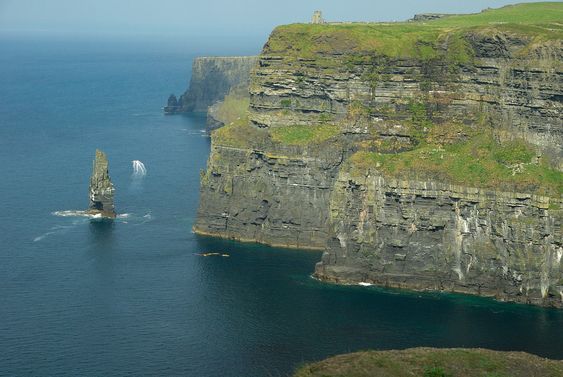
The Cliffs of Moher are tall sea cliffs located in County Clare, stretching about 14 kilometers along the southwestern edge of the Burren region. Visitors can enjoy breathtaking views from the cliffs, including sights of the Aran Islands, Maumturks, and Twelve Pins mountain ranges. The cliffs are one of Ireland’s top tourist attractions and are designated as a UNESCO World Heritage Site. A watchtower atop the cliffs adds to the panoramic view. The cliffs’ dramatic beauty makes them a must-see destination for travelers.
Guinness Storehouse
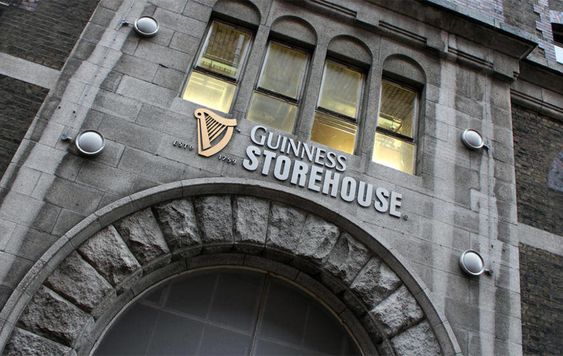
The Guinness Storehouse, located at St. James’s Gate Brewery in Dublin, is one of the most visited attractions in the city. The seven-story building surrounds a massive glass atrium shaped like a pint of Guinness. At the bottom of the atrium is the famous 9,000-year lease signed by Arthur Guinness. Visitors can learn about the brewing process, the brand’s history, and the cultural significance of Guinness in Ireland. The top floor offers views of Dublin, and visitors can enjoy a pint of Guinness in the Gravity Bar.
Blarney Castle
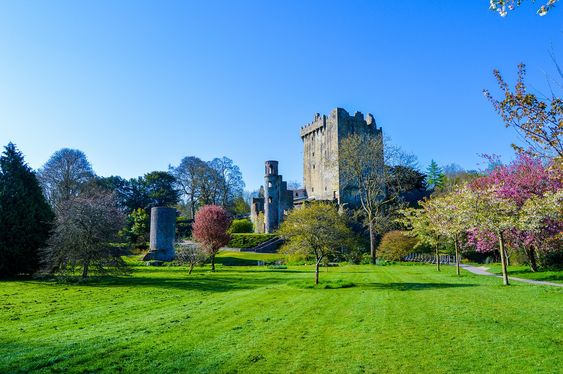
Blarney Castle is a medieval fortress located near Cork, famous for its Stone of Eloquence. It is said that kissing the stone grants the gift of eloquence. To reach the stone, visitors must lean backward over a steep drop, a thrilling experience for many. The castle’s beautiful grounds also feature gardens and walking trails. Blarney Castle is not just about the stone; it’s a stunning historical site with rich cultural significance.
Ring of Kerry
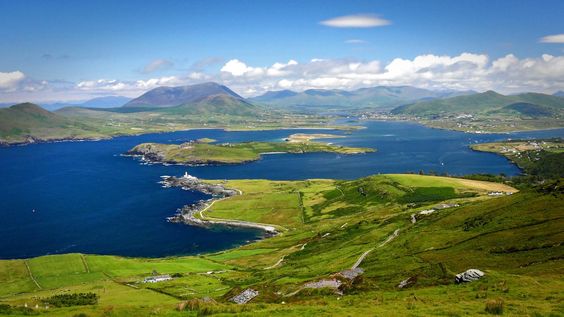
The Ring of Kerry is a scenic circular route in County Kerry, stretching 179 kilometers around the Iveragh Peninsula. The drive showcases some of Ireland’s most beautiful landscapes, including rugged coastlines and lush countryside. Skellig Michael, a historic island with a 7th-century Christian monastery, is a popular stop. The route also passes through charming villages where visitors can experience local culture and scenery. It is a must-see for nature lovers and photographers.
Bunratty Castle
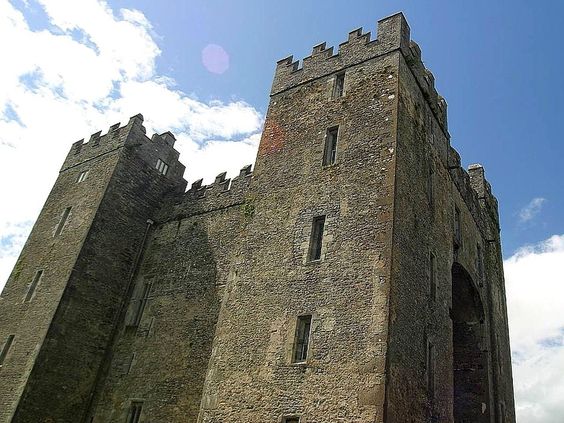
Bunratty Castle, a 15th-century tower house in County Clare, offers visitors a glimpse into Ireland’s past. The castle is surrounded by a folk park that recreates 19th-century Irish life with its traditional houses and crafts. Visitors can explore the well-preserved castle, which is rich in history, and enjoy the scenic surroundings. The Bunratty Folk Park is a living history experience, showing how Irish people lived and worked a century ago.
Kylemore Abbey
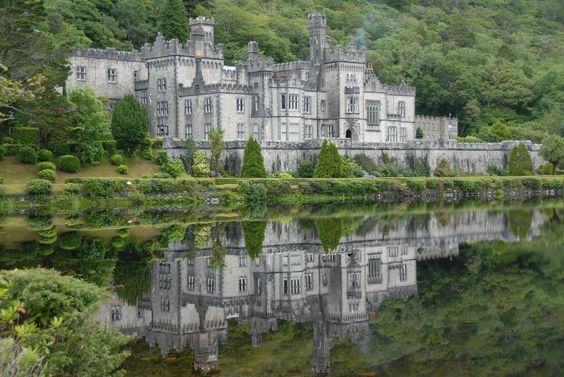
Kylemore Abbey, located in Connemara, County Galway, was founded in 1920 by Benedictine nuns. It sits beside a picturesque lake, surrounded by stunning natural beauty. The abbey was established after the nuns fled Belgium during World War I. The estate includes Ireland’s largest walled garden and offers visitors peaceful walks through woodlands. The abbey and its grounds are perfect for those seeking tranquility, culture, and scenic views.
Phoenix Park

Phoenix Park is one of Dublin’s largest and most beautiful parks, originally created as a royal hunting ground in 1660. It opened to the public in 1747 and remains a popular spot for both locals and tourists. The park is home to the Dublin Zoo, the Áras an Uachtaráin (the Irish President’s residence), and Victorian gardens. Visitors can engage in outdoor activities like walking, cycling, and playing sports. The park’s vast space and historical landmarks make it an ideal destination for nature lovers.
Rock of Cashel

The Rock of Cashel, also known as St. Patrick’s Rock, is a historic site located on a limestone hill in County Tipperary. The site includes medieval buildings such as a round tower, a cathedral, and a chapel. It is famous for its stunning views and rich historical significance, as it was once the seat of the Kings of Munster. The Rock of Cashel is an iconic site in Ireland and offers visitors a deep dive into the country’s medieval past.
Powerscourt Estate

Powerscourt Estate, in County Wicklow, is renowned for its grand house and beautiful gardens. The estate spans 47 acres and features a mix of formal gardens, ornamental lakes, and stunning walking trails. The Walled Gardens, Japanese Gardens, and Italian Garden are among its most notable attractions. The estate also offers views of the Sugarloaf Mountain, adding to its charm. Powerscourt is a peaceful escape with a perfect blend of history, nature, and architecture.
Killarney National Park
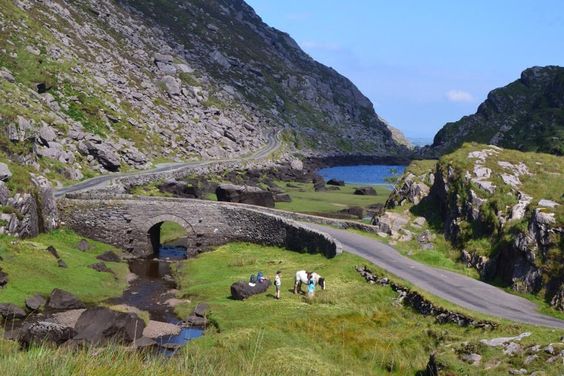
Killarney National Park, in County Kerry, is a UNESCO Biosphere Reserve known for its natural beauty. The park features lush woodlands, sparkling lakes, and the stunning Macgillycuddy’s Reeks mountain range. Killarney’s lakes are among Ireland’s most famous scenic spots. Visitors can enjoy activities like hiking, cycling, and boat tours, or simply relax and take in the breathtaking views. The park is an ideal destination for nature enthusiasts and those seeking outdoor adventure.
Top destinations in Ireland
Dublin
Dublin is the capital of Ireland, located on the east coast at the mouth of the River Liffey. The city is home to historic landmarks such as Dublin Castle, built in the 13th century, and St. Patrick’s Cathedral, founded in 1191. City parks like St Stephen’s Green and Phoenix Park offer green spaces for relaxation. The National Museum of Ireland showcases the country’s rich heritage and culture. Dublin is a vibrant city with a mix of history and modern life.
Belfast
Belfast is the capital and largest city of Northern Ireland, located along the River Lagan on the east coast. The city’s Titanic Quarter celebrates the legacy of the RMS Titanic, with landmarks like the Titanic Belfast museum and Harland & Wolff’s Drawing Offices. The area hosts events and open-air concerts along the historic slipways. Belfast combines rich industrial history with modern attractions. It is a city known for its cultural revival and maritime heritage.
Galway
Galway is a coastal city on Ireland’s west coast where the River Corrib flows into the Atlantic Ocean. Eyre Square is the heart of the city, surrounded by shops, pubs, and lively traditional music. The Latin Quarter features narrow streets lined with cafes, art galleries, and boutiques. The city retains its medieval charm with remnants of ancient city walls. Galway is known for its vibrant arts scene and rich cultural heritage.
Kilkenny
Kilkenny is a medieval town in southeastern Ireland, famous for its well-preserved Kilkenny Castle, built in 1195. The town is rich in religious history, with landmarks like St. Canice’s Cathedral and the Black Abbey Dominican priory. Kilkenny is also a center for crafts, with many shops offering pottery, paintings, and jewelry. The town’s winding streets and historic charm make it a popular destination. It is a place where history and modern culture meet.
Best time to visit Ireland
The best time to visit Ireland is during the spring and early autumn months, from April to June and September to October. During these times, the weather is mild, and the crowds are smaller. You’ll enjoy pleasant temperatures and fewer tourists, making it ideal for exploring. These months also offer beautiful landscapes, with flowers blooming and the countryside lush and green. It’s a great time for outdoor activities and sightseeing.
